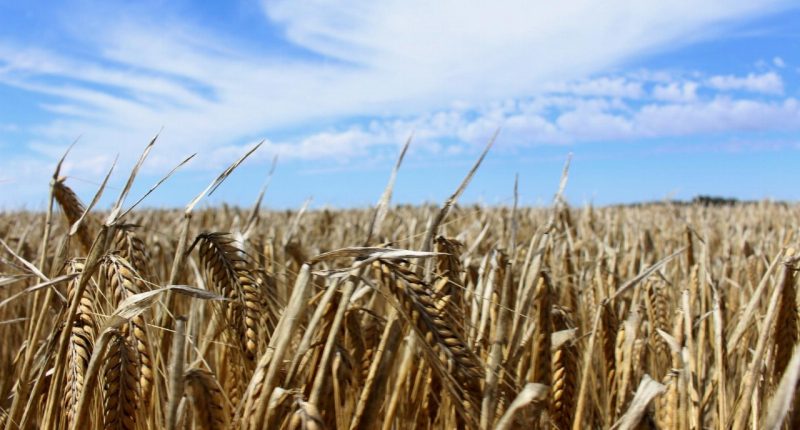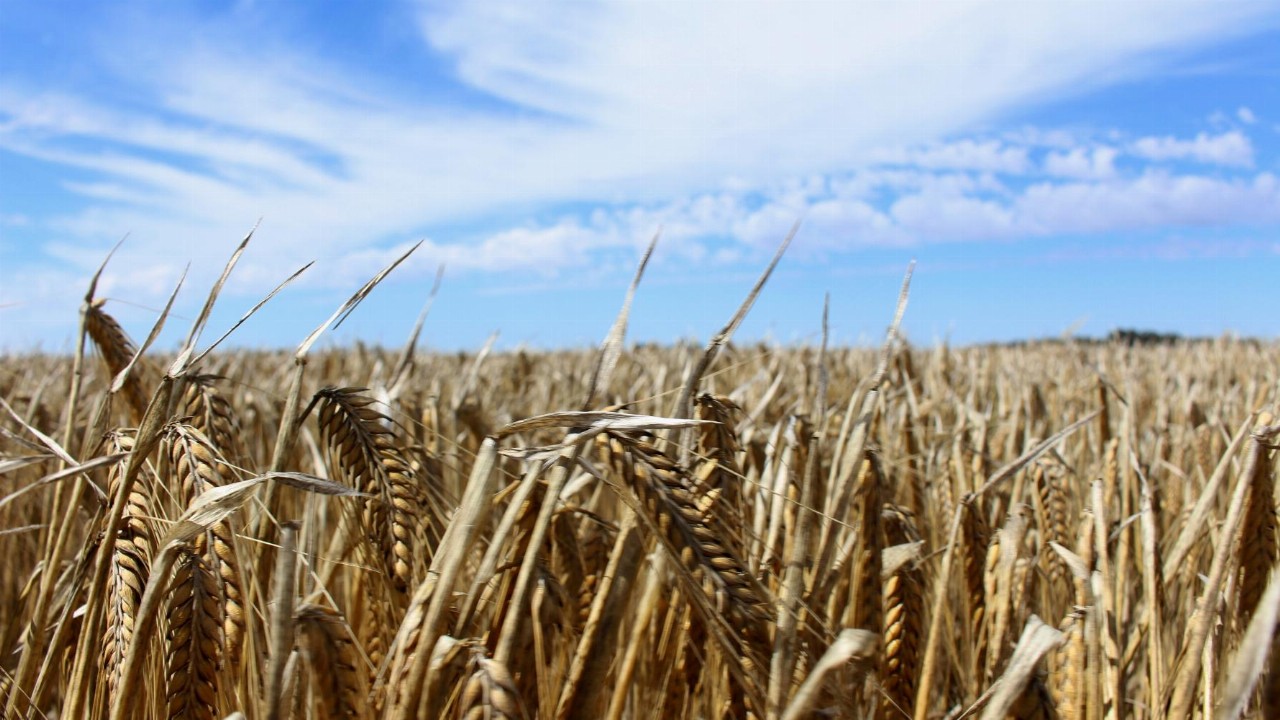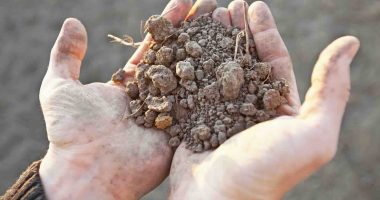Australia’s record-breaking agriculture production streak is expected to continue this year, with the sector expected to reach $90 billion for the 2022-23 financial year.
Beating the nation’s record set in 2021-22 by more than $2 billion, another record year for crop production and a third consecutive La Nina event to go along with continued inflation are contributing factors to the rise.
However, experts believe 2022-23 marks one last hoorah for La Nina, with 2023-24 agricultural production expected to fall 10 per cent to reach $81 billion.
Australian Bureau of Agricultural and Resource Economics (ABARES) Executive Director Jared Greenville said he expected a drier forecast to return for Australia, which would ultimately lower crop production for the 2023-24 financial year.
“Australia is benefitting from a third consecutive year of high rainfall, and it shows in the figures,” Dr Greenville said.
“Once again, we’re seeing record levels of production, driven by exceptional growing conditions and high commodity prices.”
Dr Greenville confirmed it would likely be the last year for Australia to benefit from La Nina’s weather patterns for a while.
“This year will likely be the last hurrah for the La Nina rain system for a while, and we can expect drier seasonal conditions ahead,” he said.
According to Australia’s Bureau of Meteorology, La Nina typically results in increased rainfall across much of the nation, cooler daytime temperatures, and decreased frost risk, among other conditions.
Australia has recorded its six wettest winter–spring periods on record in its east during La Nina years.
Winter production drives 22-23 crop records
Despite floods and waterlogging devasting parts of Australia’s east through late 2022, causing losses of crops and disturbing harvesting, exceptional conditions across the majority of cropping regions in the nation yielded the highest production levels of winter crops on record over the 2023 financial year.
The record production levels were driven by record yields for wheat and canola, as well as a near-record production of barley.
The total value of agriculture, fishery and forestry production combined is expected to reach a record of more than $96 billion in 2022-23.
“National winter crop production has driven much of these results, with the winter crop estimated at a new record of 67.3 million tonnes in 2022–23,” Dr Greenville commented.
“This beats last year’s record by four million tonnes and is being driven by exceptional results out of Western Australia and South Australia.”
Exports expected to reach records in 2022-23
Additionally, droughts across the globe and the Ukraine-Russia war have seen a rise in demand for Australian exports.
The value of exports is expected to reach a record of $75 billion in 2022-23.
Another year of exceptionally large grain and oilseed harvests has led to an increase in export volumes.
“Australia has been very fortunate to have had wet years and high commodity prices. But we are expecting commodity prices to ease with competition stepping up in global markets,” Dr Greenville said.
“Recent high international prices have been driven by drought conditions in major exporters and disruptions from the war in Ukraine.
“But seasonal conditions are expected to improve in major producing regions which will see major exporters getting back on track in 2023–24,” he added.
Despite this, Dr Greenville has warned it won’t last forever, with Australia expected to see a shift back towards drier conditions at the same time as an ease in global production disturbances.
In 2023–24, Australian agriculture exports are predicted to fall to $64 billion.
Nevertheless, Dr Greenville said he believed the agriculture sector is in a strong position to deal with the times ahead.
“We’ve had three years to create a buffer and recover from the last drought, so many of our farmers will be well placed to ride out these domestic and international changes,” he said.
While Australia enjoyed three consecutive years of well above average rainfall, many of Australia’s international competitors have endured poor growing conditions and drought.








